California’s scenic towns attract nomads from around the world, but the influx of newcomers has quietly shifted the balance in many communities. If you’re visiting or thinking of staying in California long-term, here’s what you need to know about the subtle tension between locals and remote workers. This guide breaks down ten ways nomads influence communities, both positively and negatively, and how to travel with care. Understand the dynamics, and you’ll enjoy the Golden State more while leaving a lighter footprint.
Straining Local Infrastructure
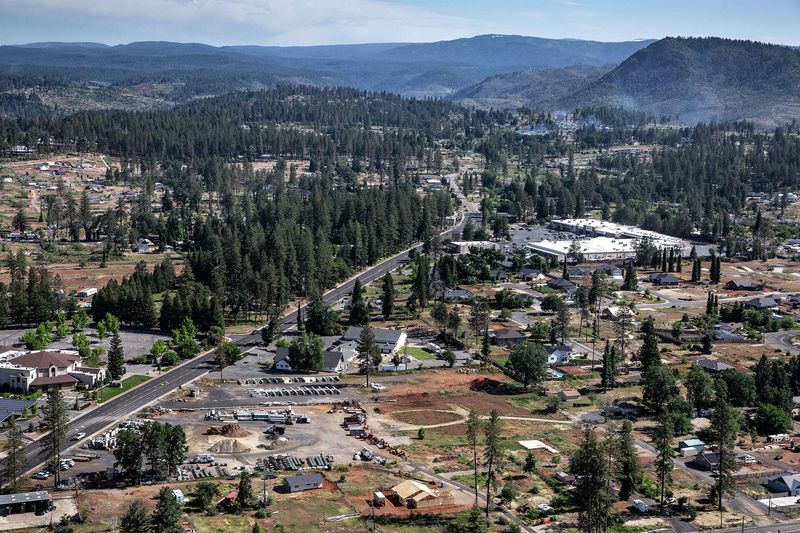
For locals, a growing concern is infrastructure strain when seasonal populations surge. More vehicles crowd limited roads, aging water systems carry extra load, and emergency services get stretched thin during wildfire season. Nomads benefit from flexible living but can unintentionally stress services designed for smaller, stable populations.
Practical takeaway: travel car-light, use transit where possible, and plan water and power use responsibly. In high-risk areas, monitor Caltrans, air quality, and fire updates, and keep go-bags ready. Consider slower travel patterns that distribute demand beyond weekends. Respect service workers’ time by booking ahead and showing up prepared.
Small adjustments reduce traffic snarls, utility spikes, and response delays – wins for residents and visitors.
Exacerbating the Housing Crisis
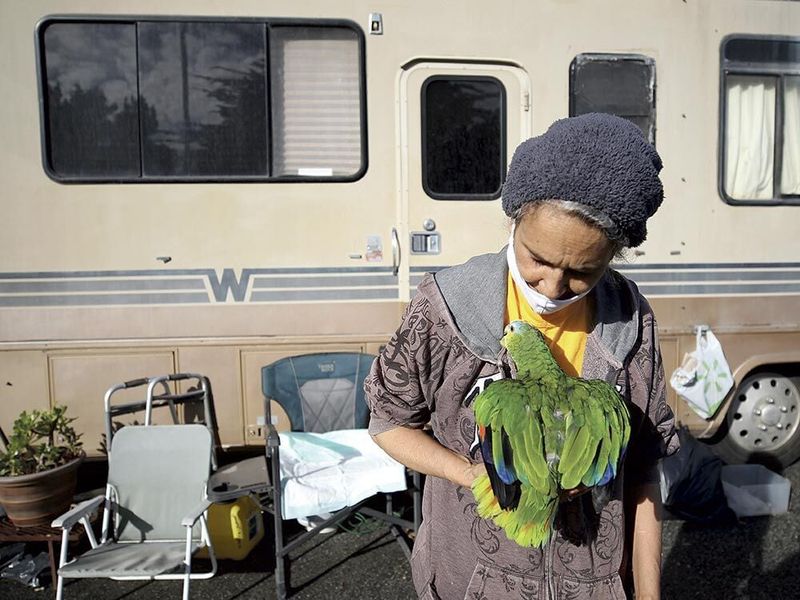
One major factor shaping tension is housing. Remote workers with higher salaries can outbid locals for rentals, pushing prices up in beach towns, mountain hubs, and creative neighborhoods. For locals, a growing concern is displacement: longtime residents lose proximity to work and community ties. Nomads often don’t intend harm – they’re following opportunity and beauty – but their demand adds pressure in already tight markets.
Practical takeaway: book monthly stays through hosts who verify local compliance, avoid peak-season bidding wars, and consider house-sitting or cooperative housing. Ask about tenant protections and respect lease terms.
Travelers can support solutions by advocating for workforce housing and choosing accommodations that contribute taxes and adhere to zoning. A little research before you book can prevent friction at check-in and goodwill loss for everyone involved.
Overcrowding Natural Areas
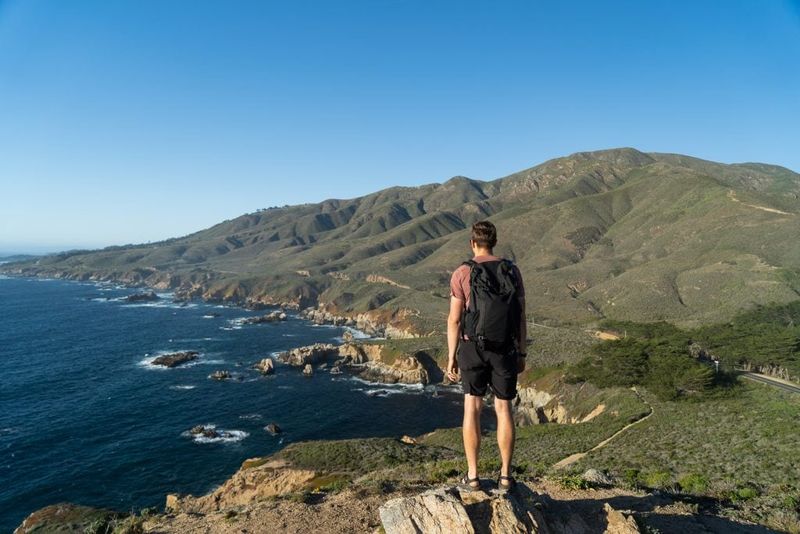
Interestingly, public lands and local parks feel the pressure first. Trails in places like Big Sur, Tahoe, and Joshua Tree become crowded, parking overflows, and quiet sunrise views turn into lines at trailheads. Locals who used to wander midweek now squeeze in at dawn. Nomads may not know the micro-ethics: fragile flora, cryptobiotic soil, wildlife corridors.
Practical takeaway: visit lesser-known trail systems, pack out micro-trash, avoid geotagging sensitive spots, and obey stay limits. Use weekday afternoons, shuttle lots, and ranger guidance. Consider volunteering for a trail day or donating to local conservancies to balance your footprint.
Your photos still glow without trampling the places that make them possible.
Eroding Local Culture and Identity

Another challenge arises when rapid change dilutes small-town identity. Beloved diners become laptop lounges, porch conversations get replaced by co-working chatter, and seasonal aesthetics overshadow year-round traditions.
Locals worry that the sense of place – dialect, music nights, high school games – fades under transient tastes. Nomads aren’t villains; they often cherish culture, but quick turnover makes it hard to learn local rhythms.
Practical takeaway: seek community calendars, attend festivals, shop at farmers markets, and ask about the town’s history. Put the laptop away during live music hours. Tip generously at legacy businesses and follow dress and noise norms. These gestures help keep the local soundtrack audible, not just streamed.
Creating Economic Disparities
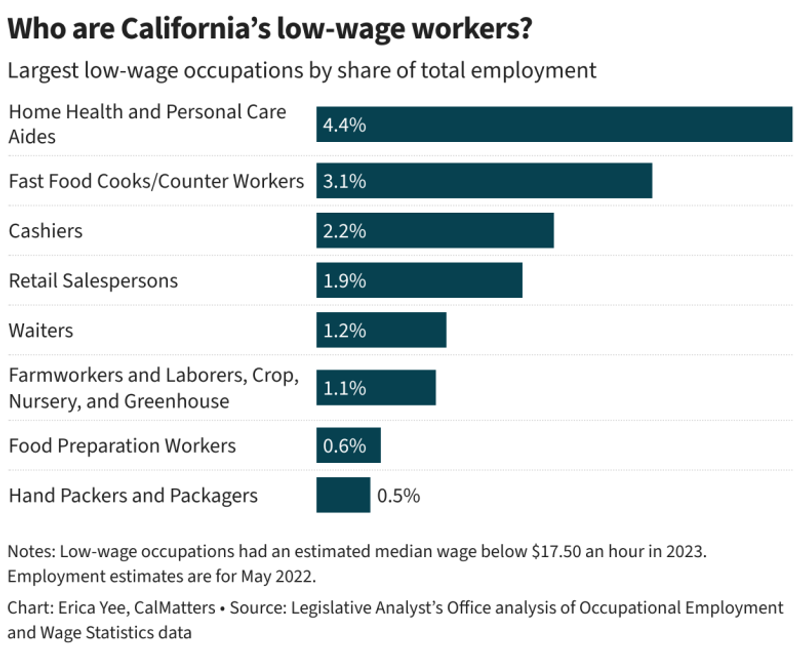
One recurring friction stems from income gaps. Remote salaries from tech or finance can dwarf local service wages, inflating prices for coffee, yoga, and childcare. Residents may feel priced out of their own neighborhoods while serving higher-paying visitors. Nomads, meanwhile, may be surprised by resentment despite spending money.
Practical takeaway: be price-sensitive – don’t normalize inflated tipping for privileged access while ignoring equity. Support businesses that pay living wages, and consider cowork passes that include community funds. Ask where your dollars do the most good and diversify spending beyond trendy hubs. If you negotiate long stays, avoid undercutting fair local rates.
Economic empathy turns transactions into relationships.
Failing to Integrate into the Community
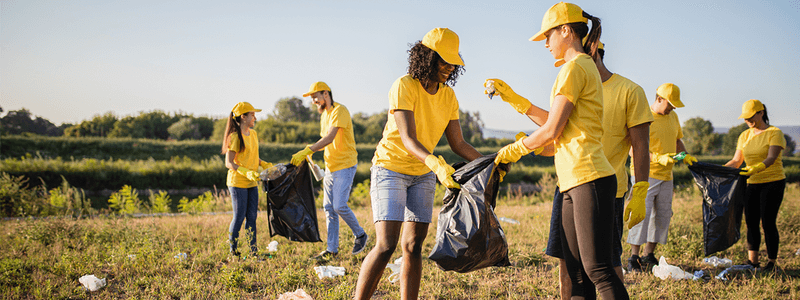
Sometimes, friction grows when newcomers hover on the edge of community life. Quick rotations, private friend groups, and work-first routines can read as aloofness to residents. Locals may see nomads as taking access without giving time, help, or attention.
Practical takeaway: join a cleanup, attend a council meeting, or volunteer at the library or shelter. Introduce yourself to neighbors, learn a few names, and follow local social media groups for etiquette cues. Rotate from popular cowork spaces to community centers and maker spaces.
Integration starts with curiosity and consistency – even a month can matter when you show up beyond the selfie spots.
Causing an Uneven Economic Benefit
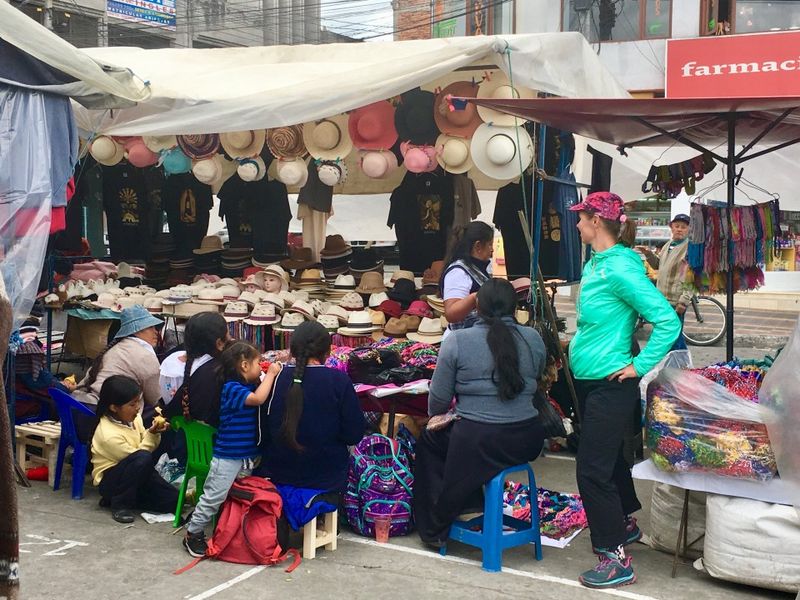
One major factor often overlooked is spending leakage. New arrivals book national platforms, buy gear online, and chase chain convenience, leaving fewer dollars with local shops. Meanwhile, services like laundry, repair, and clinics pick up the slack without seeing the upside.
Nomads can rebalance this by prioritizing independent businesses, paying local guides, and choosing tax-collecting, permitted stays. Seek farm stands, refill shops, and repair cafes. Ask shopkeepers for recommendations and bundle errands locally.
Your itinerary can become a micro-stimulus plan when you intentionally keep money in town.
Clashing Over Local Norms

For locals, a growing concern is mismatched expectations. Quiet hours, parking etiquette, dog rules, and wildfire safety protocols vary by region. A van parked under a pine during red flag days feels risky, not romantic. Nomads may assume casual vibes, but rural California can be strict for good reasons.
Practical takeaway: read municipal codes, talk to neighbors, and watch signage. Keep noise and lights low, leash pets, and never block driveways or hydrants. In fire country, avoid outdoor sparks and know evacuation routes.
Adapting to norms isn’t about conformity; it’s about keeping the welcome mat out.
Driving Up Demand for Amenities

Interestingly, demand for cool amenities can shift a town’s character. Third-wave coffee, kombucha taps, and upscale grocers appear, lifting quality but raising prices and altering vibes. Locals gain options yet lose simplicity and affordability. Nomads appreciate familiar comforts but can support balance by mixing old and new.
Practical takeaway: spend across the spectrum – legacy diners, family-run taquerias, new cafes, community theaters. Suggest amenity improvements that serve everyone, like bike racks or water refill stations. Ask owners what the town actually needs before proposing trends.
Amenity growth can be inclusive when guided by local voices.
Impacting Local Politics
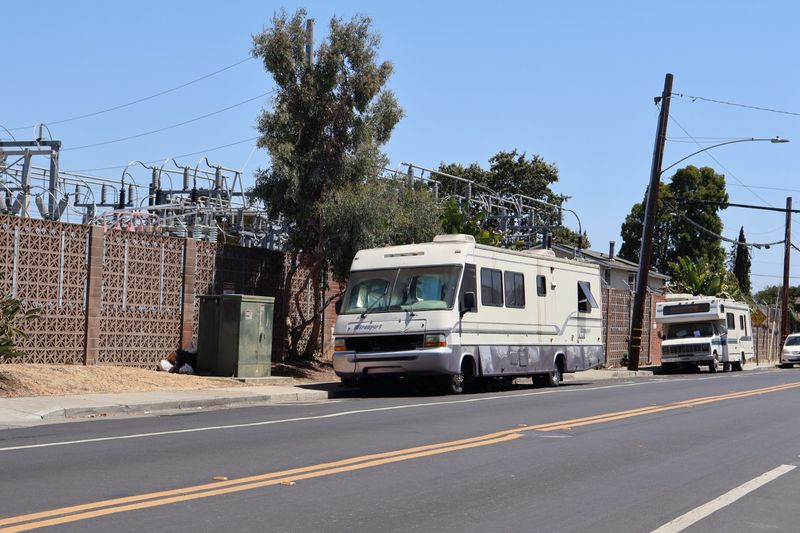
Another challenge arises when long-term visitors shape policy debates. Short-term rental rules, vehicle habitation bans, and trail access become hot-button issues at city halls. Locals want stability; nomads seek flexibility. Both have valid stakes, but representation gets tricky when residency is fluid.
Practical takeaway: learn the policy landscape before advocating. If you’re staying months, attend meetings respectfully, understand history, and center resident needs. Support pragmatic compromises – designated overnight zones, clear sanitation, fair occupancy limits, and reinvestment of tourism taxes.
Politics feels less adversarial when newcomers arrive as listeners first.
Traveling With Care in California
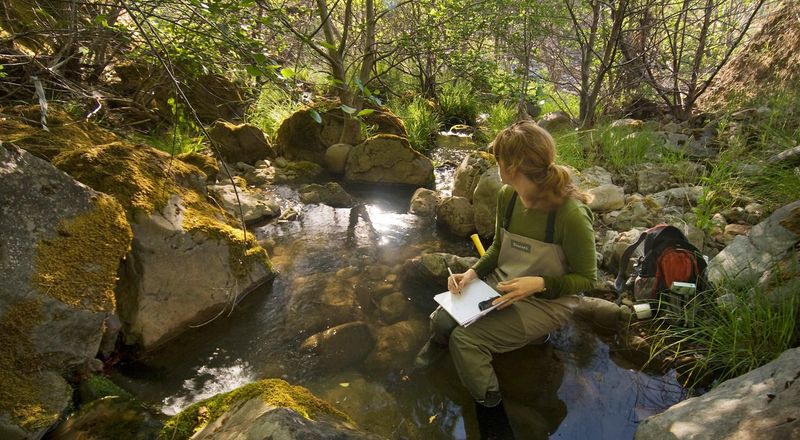
One major takeaway: California is dynamic, shaped by old roots and new arrivals. Tensions around housing, parks, culture, and policy are real, yet thoughtful travel can reduce friction and deepen your experience. Approach each town like a guest at a beloved home – curious, courteous, and willing to pitch in.
By understanding these dynamics, visitors can enjoy California’s beauty while respecting the communities that make it unique.
Dear Reader: This page may contain affiliate links which may earn a commission if you click through and make a purchase. Our independent journalism is not influenced by any advertiser or commercial initiative unless it is clearly marked as sponsored content. As travel products change, please be sure to reconfirm all details and stay up to date with current events to ensure a safe and successful trip.